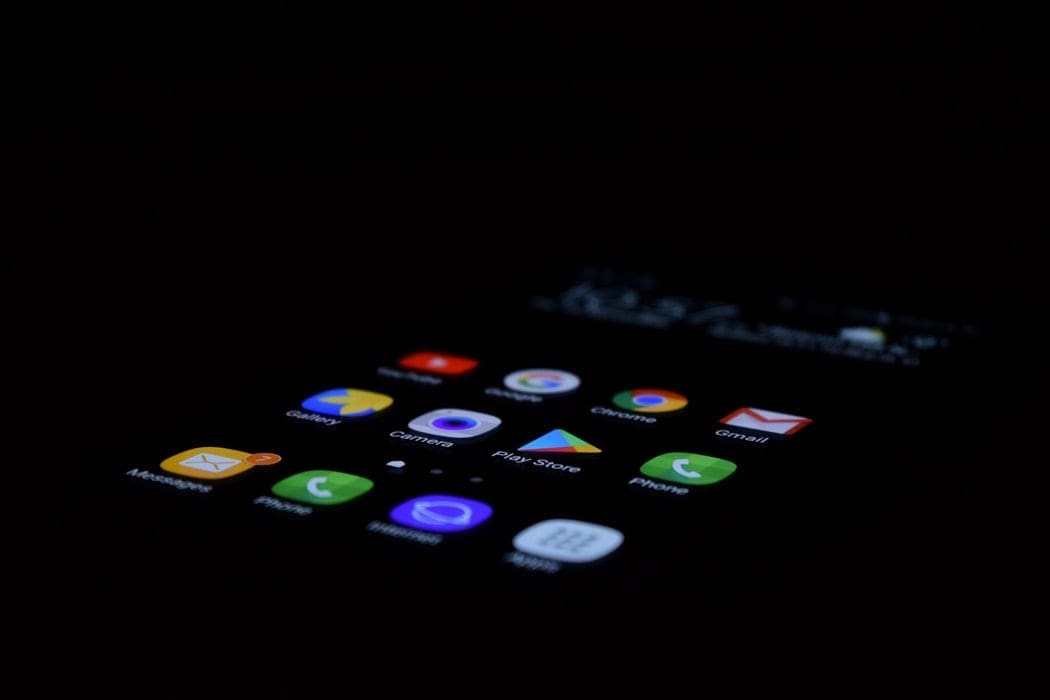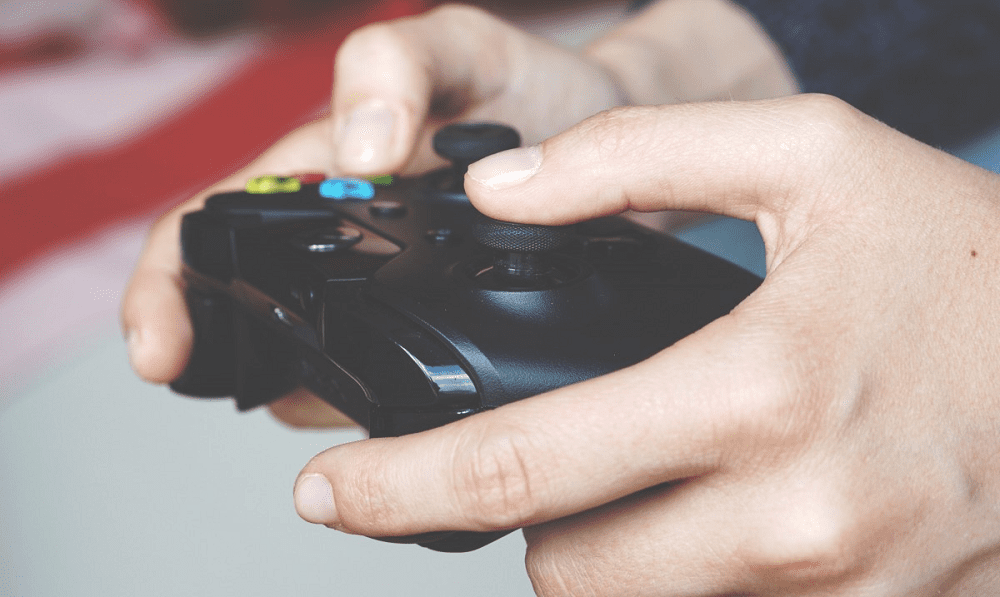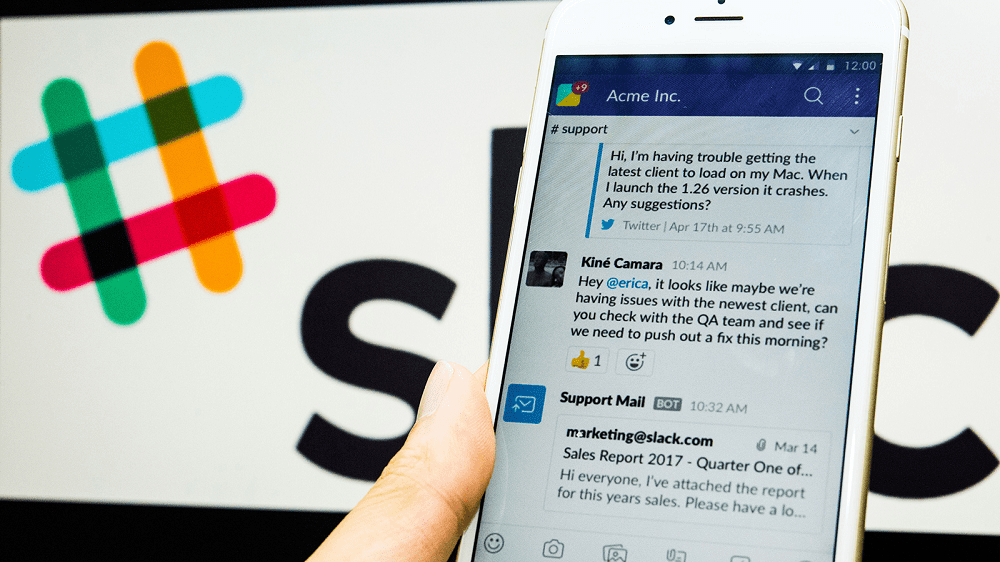There are quite a lot of apps on the PlayStore you can use to record your smartphone screen. Still, leaving your information and screen activity open to a third-party app may not be the most comforting thing. It does increase your security risks. Luckily for Android 10 users, there’s a built-in screen record feature that you can rely on instead.
If you are an LG or Samsung user, you can easily record your screen thanks to your device’s custom UI. Enabling screen recording can be done from the comfort of your home screen.
Other smartphone brand owners, however, have to do some work. It’s not that complicated, but you need to have a PC to execute a few ADB commands. If you are not familiar with ADB or Shell/Terminal in general, don’t worry, we will guide you through each of the steps.
Contents
Turn On the Screen Recording for Samsung and LG Phones
- Open up the Quick Settings menu by swiping down from the top of your screen.
- Select the Screen recorder option. If you aren’t able to find the option, fully expand Quick Settings by swiping down once again. Swipe left to see another page of options.
- A countdown should appear as soon as you tap on the option. Once the counter reaches zero, the screen recording will then take place.
- For Samsung phones, you may be asked if you want to record the audio or not. You can opt only to include the phone’s internal audio and/or microphone input, or no audio at all.
That’s it, as simple as it can get! If your device is not Samsung or LG, prepare a computer for the next method.
Turn On the Screen Recording for Other Phones (Using ADB)
If you are an avid Android user, you might already know that Google had initially made a plan to make the Screen Recording feature available for all Android 10 phones, but decided not to in the end. In reality, however, Screen Recording is technically still on the phone — just hidden. Fortunately, you can quickly bring it back using the ever-so-useful ADB tool.
This method may not be doable for all Android 10 devices. As it turns out, some OEMs removed the Screenshot option from the power menu, which is accessible by long-pressing the power button. The Screenshot option is essential for enabling Screen Recording using ADB. If your phone doesn’t have the screenshot option in the power menu, you might have to wait for the stable Android 11 to get the feature.
Set Up ADB
If you are already familiar with ADB and have it installed on your PC, you can skip this entire section. Otherwise, read the following guide to set things up.
If you put the ADB folder on Desktop, the appropriate cd command might be similar to the following: cd /Users/YourName/Desktop/platform-tools
- Turn on the Developer Options from the Settings app.
- If you’re doing this for the first time, open the Settings app —> Software Information —> then tap on the Build Number several times. You want to see the prompt “You are now a developer.”
- Afterward, you should see the option to enable Developer Options inside Settings.
- Once the Developer Options is turned on, enable USB Debugging.
- Using your PC, download the ADB ZIP file. Here’s the download link for Windows, Mac, and Linux.
- After the file is downloaded, extract its content to an easily accessible directory—you can also put it on your desktop.
- Open up Shell or Terminal inside the ADB folder (normally, it’s called “platform-tools”).
- For Windows users, this can easily be done by holding Shift key + right-clicking inside the ADB folder and select Open PowerShell/Command window here.
- For Linux and Mac users, you need to use the cd (change directory) command. Open Terminal, then type in cd /path/to/your/folder
- For Windows users, this can easily be done by holding Shift key + right-clicking inside the ADB folder and select Open PowerShell/Command window here.
- Connect your phone to the PC via USB cable.
- On the Shell or Terminal, type in adb devices (or ./adb devices on Mac or Linux) then hit Enter.
- Check your phone to see if an authentication prompt requesting permission appears, tap OK/Allow. Re-run adb devices to make sure that the connection is successfully established. In this case, you should see your device serial number on the Terminal.
ADB is now safely installed on your PC.
Use ADB to Enable the Hidden Screen Recording
Make sure that the USB connection of your phone and computer is still intact. Afterward, you need to:
- Type in this command on the Shell/Terminal inside your ADB folder (replace adb with ./adb for Mac and Linux): adb shell settings put global settings_screenrecord_long_press true
- Once the command is executed, on your phone, long-press the power button until the power menu appears.
- Next, you should see the power menu that includes options such as Power Off, Restart, etc.
- Long press the Screenshot option until you see another menu.
- Then, tap the Start Recording button.
- A warning may appear telling you that the program may expose sensitive information, tap Start now.
Done! Now you have successfully recorded your screen natively. You can stop, pause, or cancel the recording from the notification bar.
Summary
The tweak to enable native screen recording using ADB may be useful in some situations. Still, since Google eventually pulled out the feature, you can’t expect a polished experience using it. Either way, treat it as a “beta version” for the upcoming service available for the stable release of Android 11.




Same thing as John said, I have a Samsung A10 and a A30 and the command “adb shell settings put global settings_screenrecord_long_press true” doesn’t make any changes. The shell just brings back the blinking prompt and that’s it.
Plus, after the step where we press the power button, the screenshot option just prints a screenshot of the screen and nothing else happens.
Looks to me that someone somehow disabled completely the option of screen recording, and I can see a potential security breach on this happening.
I now will start to search for a 11 version of Android System to install, because I really need this option. And I don’t want to install a 3rd party software for the same security reasons.
I have a Galaxy A21 Android 10..have downloaded platform-tools and installed on Win 7 and run adb devices
my phone is recognized however after running the script “adb shell settings put global settings_screenrecord_long_press true ” nothing happens. tried many times..